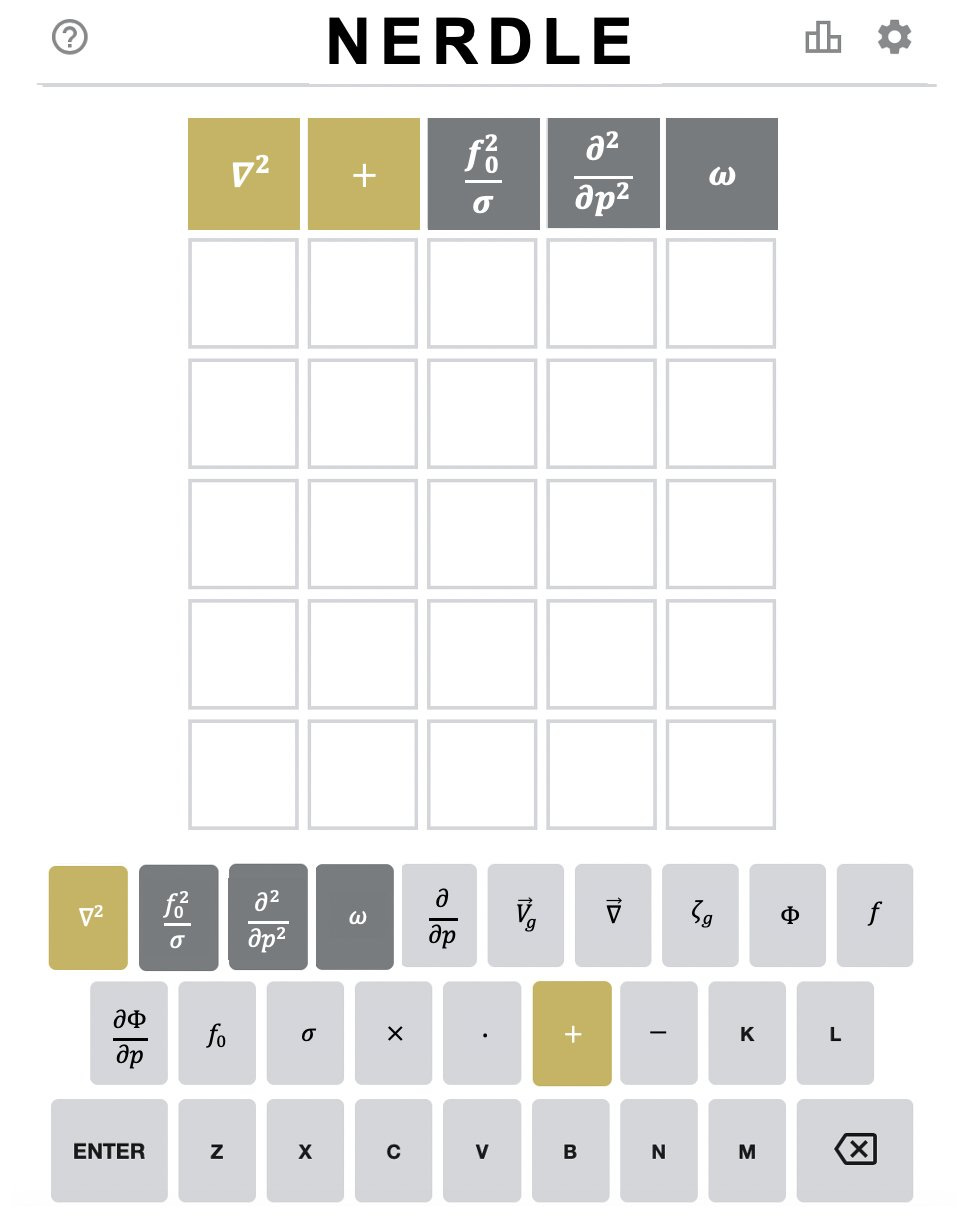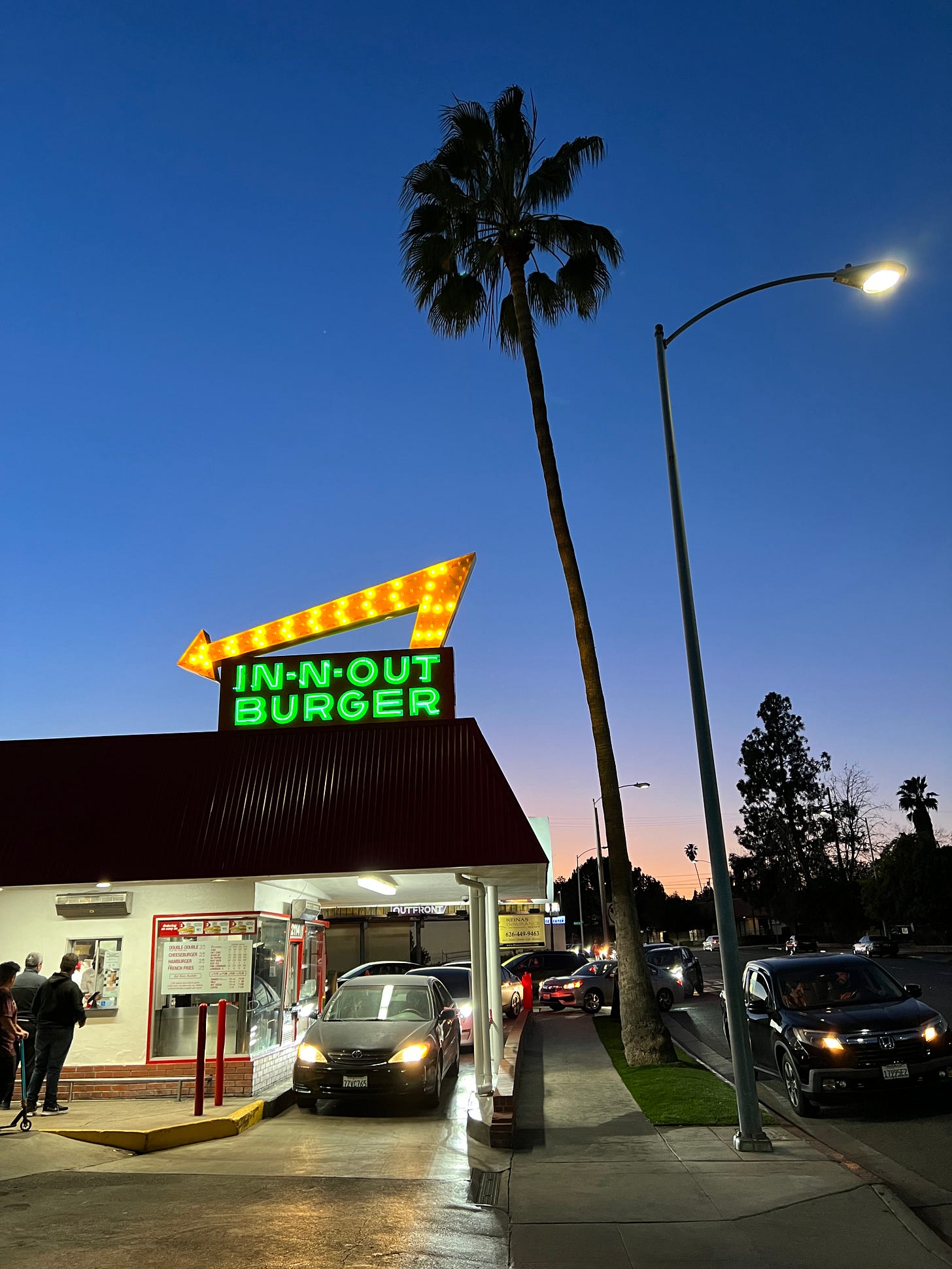Why Should We Care About Productivity?
Over the past year I’ve been thinking a lot about what it means to be productive. In our current, post-industrial-revolution era productivity sometimes gets a bad rap. Overlaying images of factories churning out parts for Ford Model Ts and our everyday experience of work often feels a little too close for comfort.
I’ve been reframing this machine-widget picture in a way that is more helpful and life giving. My current stab at why we should care about productivity is something like “it is important to find structures and systems that promote the effective application of time and energy such that long-term goals can be achieved.” In particular, I find it helpful to leave this framework goal-agnostic. With this new perspective the question is not how to squeeze more minutes out of each day to do something else, but how to create habits and routines that enable us to find fulfillment and joy in what we are doing – ultimately with the goal of creating the foundation that enables long-term creation of things of value – be that skills you acquire, people’s lives that you improve, or even a standard of living that you achieve.
For all its negative aspects, one silver lining of the COVID-19 pandemic is that it has offered us an opportunity to reset and re-think, especially when it comes to the way that we allocate our time. Are we running around striving after things that actually make a difference or just doing the modern equivalent of pushing papers by shooting off 100 emails a day?
In this and future versions of this newsletter I hope to explore these ideas with you and share what I am learning from my prototypes as I pursue a life of depth and positive impact on the lives of those around me.
The Book Nook
The number 168. We often talk about 24 hours a day and 7 days a week, but don’t often think of their product, the number of hours in a week. After reading Laura Vanderkam’s book 168 Hours, I’m more convinced than ever that the week is the right time scale for thinking about where our time is going and how to make progress on the things that matter in life.
Laura’s main thesis in her book is that we have more time than we think. She persuasively argues through several case studies that we can get closer to having it all than we might think by adopting three simple heuristics for managing tasks on our schedule that don’t bring us joy:
Ignore
Minimize
Outsource
I have found this to be a helpful framework for re-thinking how I am spending my time and making sure that it is aligned with my values and goals – and feeling the liberty to cut out tasks which don’t by finding ways to ignore, minimize, or outsource them. For example, even if it costs a non-trivial amount of money to hire someone to shop for your groceries or clean your house, if you could reallocate that time to spend it with your kids (something that you do that no one else can replace), it may make that cost well worth it.
So What?
One of Laura’s main calls to action in the book is to create a log of how you spend every hour of your week. It’s something I’ve been loosely trying in one form or another for the last year or so, but have taken up in earnest since the semester began. Just like with your finances, the first step to managing your resources well is to know where they are currently being spent.
To help me budget my 168 hours I created a simple spreadsheet with each day of the week divided into 30-minute blocks of time. You can see a screenshot of the spreadsheet below. It also has some fancy color coding and equations to automatically tabulate the number of hours you are spending on certain types of tasks.
If you haven’t done something like this in the recent past, join me in plotting out how you are spending your 168 hours. I’ll all but guarantee that you’ll learn something interesting about where your time is going and how you might want to change your practices in the future.
Download a Template Spreadsheet
If you are interested in trying this out, you can create your own personal copy of the Google sheet or simply view it. And if you do take it for a spin, let me know how it goes by shooting me a quick email!
The Professor Is In
Ever wondered why airplane propellers are twisted? This week in E80 we learned about fluid mechanics – focusing on the concepts of drag and lift force and the fundamental concepts and equations that allow us to calculate them. In the lab students performed experiments with cylinders fitted with different nose cones in the wind tunnel at Harvey Mudd and compared them with computer simulations of the same objects performed in a program called COMSOL.

To revisit the question of the twisted airplane propellers, the reason they are twisted it to maintain equal thrust along the length of the propeller blade. Since the entire propeller spins at the same angular velocity, this means the velocity at any point along the propeller is a function of its radius from the center of rotation. This means the tip of the propeller travels much faster than the center (makes sense, right, they both have to go around 360˚ per revolution, but the tip has to travel a much longer distance).
If you are interested in learning a bit more about these concepts, feel free to check out the lecture slides or videos from this week for an introduction!
Leisure Line
If you haven’t played it yet, you should definitely check out Wordle. It’s the perfect charming balance of challenge and fun and I like that there is only one word a day which helps to prevent it from becoming too much of a time sink!
There have been a few Wordle-related articles I’ve come across this week that I thought I would share.
How to always win at Wordle by scraping Twitter for other’s patterns of play: https://www.kaggle.com/benhamner/wordle-1-6
Some results from the math to prove how good you can get at Wordle (and flag you if you are using the method above to get an edge!): https://www.poirrier.ca/notes/wordle-optimal/
Finally, this one from Twitter made me laugh this week. An equation-style spoof of the Wordle concept where you build equations instead of words.

Still Life
A classic Southern-California view: In-N-Out! Hard to beat a cheeseburger, fries well done, and a milkshake after a long week.





